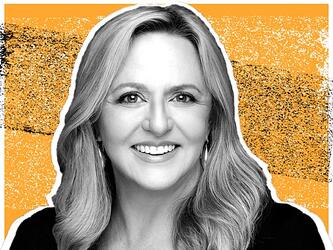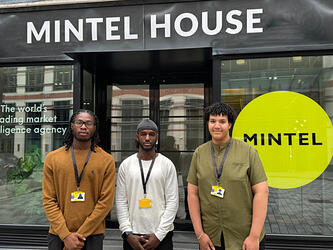Sustainable conversations: How to communicate carbon credentials
Maple Leaf Foods declared its carbon neutrality in November 2019. Maple Leaf wanted to ensure Canadian consumers understood the importance of this step and to find out how best to convey its carbon-neutral message.
It designed a research programme with Research Strategy Group to understand how much Canadians knew about carbon neutrality and how the topic should be communicated to best engage consumer interest.
The initial research phase combined ethnography with behavioural science to explore people’s views and values regarding carbon neutrality. This involved 21 in-home ethnographies in four Canadian cities – Montreal, Toronto, Calgary and Vancouver. Respondents were purchasers and consumers of pre-packaged meats and/or deli meats, and had a variety of views and awareness of sustainability and climate change.
These approaches allowed Maple Leaf to paint a picture of what carbon neutrality means to people and to understand the factors that may impact people’s purchase decisions for protein products.
The qualitative research uncovered seven cognitive biases that drive consumer understanding of environmentalism and carbon neutrality:
- Diffusion of responsibility and confirmation bias – most respondents felt that the bulk of the responsibility to combat climate change should be taken on by large companies, but, at the same time, they wanted to contribute to efforts.
- Leverage the status quo to build trust – trust in Maple Leaf Foods as a brand could be leveraged for more abstract concepts, such as sustainability.
- Visualise the difference – consumers can have a difficult time understanding carbon neutrality because it is an abstract concept.
- In-group bias and reciprocity – for many consumers, sustainability means giving back to the local economy.
- Delay discounting – convenience and cost often trump potential future rewards that might stem from making sustainable choices.
- The halo effect and leveraging emotional salience – sustainability, animal welfare and food freshness are interconnected in consumers’ minds.
- Wilful ignorance – consumers do not want full transparency into meat manufacturing processes, but want to know how large companies will tackle carbon neutrality.
Maple Leaf Foods then developed a set of corporate messages, on-pack claims and logos. Each cognitive bias/theme identified had several messages and claims built to resonate with this bias, and these were tested quantitatively.
The quantitative phase was conducted via a national online survey across two cells: cell one determined the most effective corporate messaging, and cell two the most effective on-pack claims. There were 2,055 respondents across the two cells and they included a nationally representative sample of primary grocery shoppers, aged 18 or older, who had purchased meat products in the past three months.
At the core of the quantitative design was discrete choice modelling, which identifies how consumer groups will respond to various combinations of messaging statements. In cell one, respondents considered message combinations and made choices based on their preference. This provided a comparison of the individual strength of each message.
The second cell was focused on determining which packaging claims and logos would drive increased purchasing interest in the Maple Leaf brands.
The research is being used to underpin all carbon-neutrality communications, with an integrated communications and multimedia advertising campaign building awareness for the company’s carbon-neutral status. The brand is planning more initiatives and has developed carbon-neutral-related content tracks to support sustainability-focused conversations.
After the campaign launch, searches for ‘carbon neutrality’ peaked in Canada. The campaign also resulted in 50% of viewers for its online advertisements watching the ads in their entirety.
Agriculture and climate change:
- Agriculture accounts for approximately 25% of total greenhouse gas emissions (Our World in Data)
- Meat and dairy production accounts for 18% of global carbon emissions (Food and Agriculture Organization of the United Nations)
Darlene Macdonald is senior director, consumer insights, at Maple Leaf Foods, and Amy Knowles is senior vice-president at Research Strategy Group
This article was first published in the January 2021 issue of Impact.

We hope you enjoyed this article.
Research Live is published by MRS.
The Market Research Society (MRS) exists to promote and protect the research sector, showcasing how research delivers impact for businesses and government.
Members of MRS enjoy many benefits including tailoured policy guidance, discounts on training and conferences, and access to member-only content.
For example, there's an archive of winning case studies from over a decade of MRS Awards.
Find out more about the benefits of joining MRS here.













0 Comments